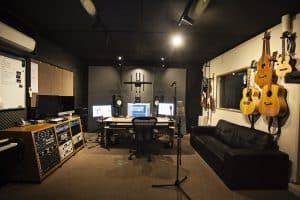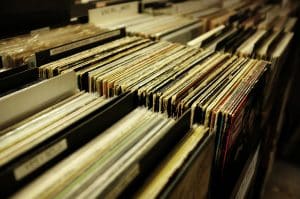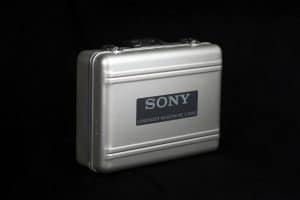Voice Over Sydney: Dutch is a West Germanic language with about 28 million speakers (in 2012), mainly in the Netherlands and Belgium. There are small Dutch-speaking communities in northern France, around Dunkerque. Dutch is also spoken in Aruba, the Netherlands Antilles, Suriname and in Indonesia.
Voice Over Sydney: Dutch Standard Form
The official or standard form of Dutch is known as Algemeen Beschaafd Nederlands(ABN), ‘General Civilized Dutch’. It is taught in schools and used by authorities in the Netherlands, Flanders (Belgium), Suriname and the Netherlands Antilles. An association known as the Taalunie (Language Union), which was set up by governments of the Netherlands and Flanders, regulates the orthography and spelling of ABN. Alternative names for ABN are Algemeen Nederlands (AN), General Dutch, and Standaardnederlands, Standard Dutch.
Voice Over Sydney: Flemish
The Dutch dialects spoken in Belgium are collectively know as Flemish (Vlaams). They differ to some extent from the Dutch spoken in the Netherlands in terms of intonation and pronunciation, and there are minor differences in vocabulary, including loanwords from French and English not found in Standard Dutch.
The Dutch language developed from the Lower Franconian (Niederfränkisch) dialect of Low German. The earliest known example of written Old Franconian appears in a 9th century Latin manuscript, the Laws of the Salic Franks, and in translations of the Psalms. Some poetry written in Middle Dutch dating from the 12th and 13th centuries survives. The Dutch translation of the Bible, the Staten-Bijbel, of 1619-1637 was one of the first major works in Modern Dutch.
Voice Over Sydney: Dutch close relatives
Dutch is one of the closest relatives of both German and English and is said to be roughly in between them. Dutch, like English, has not undergone the High German consonant shift, does not use Germanic umlaut as a grammatical marker, has largely abandoned the use of the subjunctive, and has levelled much of its morphology, including most of its case system. Features shared with German include the survival of three grammatical genders—albeit with few grammatical consequences as well as the use of modal particles, final-obstruent devoicing, and a similar word order. Dutch vocabulary is mostly Germanic and incorporates more Romance loans than German but far fewer than English.




